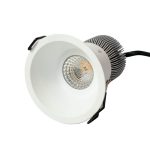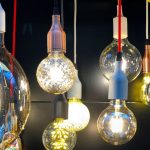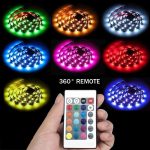How Many Watts Does an LED Light Use? Understanding the Energy Efficiency of LED Lighting
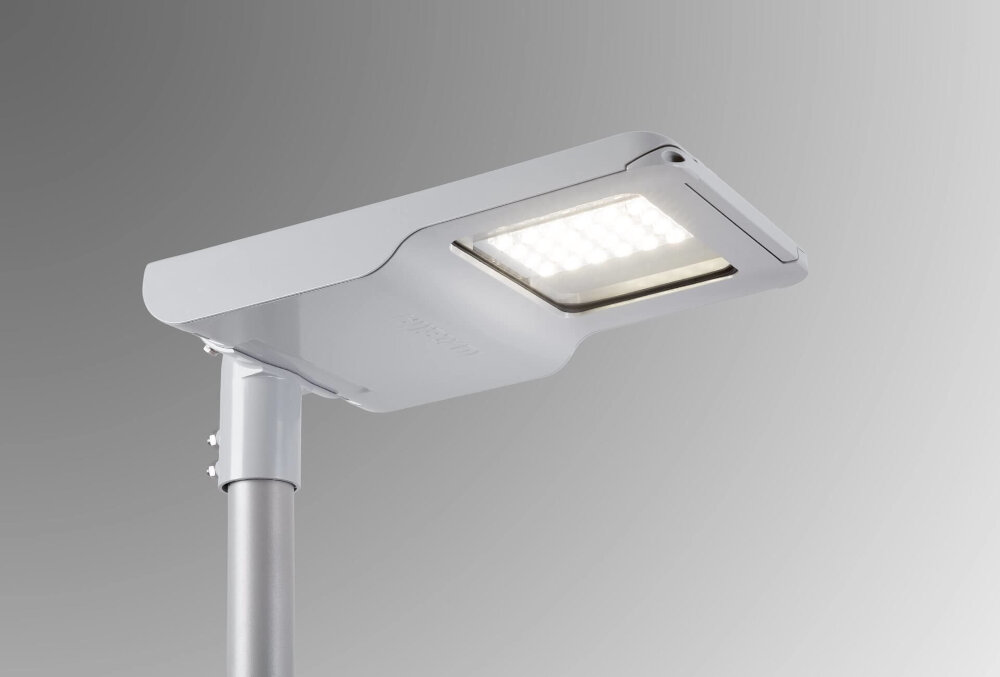
LED lighting has revolutionized the way we light up our homes and workplaces. Unlike traditional incandescent bulbs, LED lights are known for their energy efficiency, longer lifespan, and brighter illumination. But one of the most frequently asked questions about LED lighting is how many watts does an LED light use? Understanding the energy efficiency of LED lighting is crucial for making informed decisions about lighting options and minimizing energy waste. Watts are a measure of a light bulb’s energy consumption. The higher the wattage, the more electricity a bulb will consume. LED lights, however, consume significantly less energy than traditional incandescent bulbs, making them an excellent choice for energy-efficient lighting. With LED lighting, it’s not just about watts; it’s about lumens, which are a measure of the amount of visible light produced by a bulb. Understanding the relationship between watts and lumens is essential for selecting the right LED bulb for your lighting needs.
The history of LED lighting dates back to the early 20th century when the first light-emitting diode was discovered by a British scientist. However, it wasn’t until the 1960s that LEDs were first used as indicators in electronic devices. The development of high-brightness LEDs in the 1990s paved the way for their use in general lighting applications. In the early years, LED lighting was limited to niche applications due to its high cost and low brightness. However, with advancements in technology and manufacturing processes, LEDs have become increasingly affordable and efficient. Today, LED lighting is widely used in homes, commercial buildings, and outdoor spaces, offering energy savings and long-lasting performance.
When comparing LED lighting with traditional lighting, such as incandescent or fluorescent bulbs, it becomes clear that LED lighting is far more energy-efficient. LED lights use significantly less wattage, which makes them a more cost-effective and eco-friendly option. Traditional lighting also generates a considerable amount of heat, which can impact both the environment and the cost of cooling. In contrast, LED lights run cooler, which reduces their impact on the environment and minimizes cooling costs. Additionally, LED lights have a significantly longer lifespan than traditional lighting, making them a more durable and sustainable option. Overall, the energy efficiency of LED lighting makes it a superior choice when compared to traditional lighting options.
What is LED?
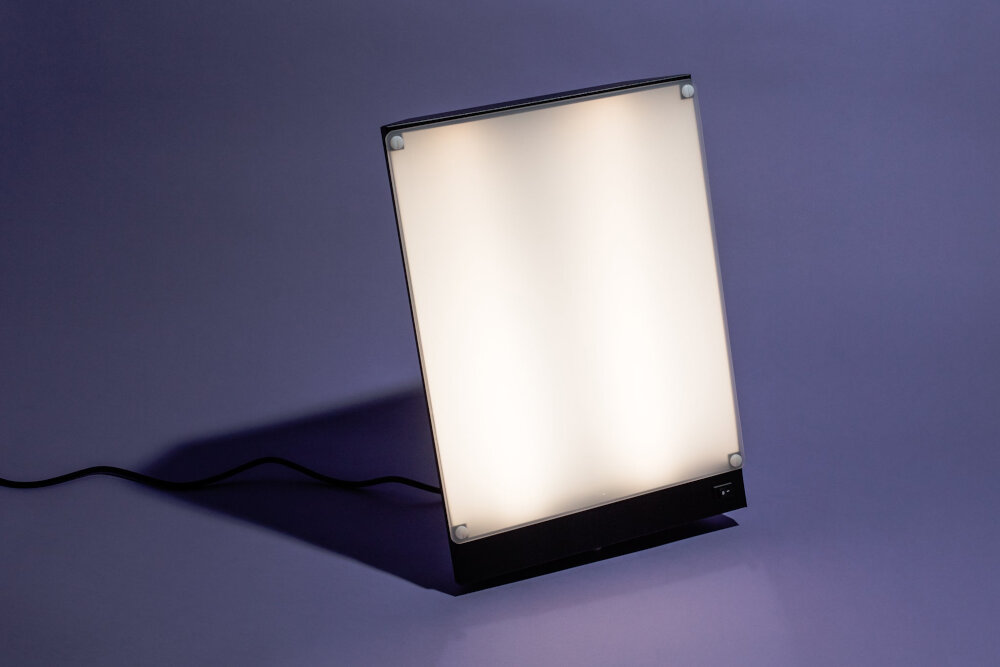
LED stands for Light Emitting Diode, which is a type of semiconductor device that emits light when a current is passed through it. Unlike traditional incandescent or fluorescent bulbs, LEDs are extremely energy-efficient and have a much longer lifespan. They work by converting electrical energy into light, with very little energy wasted as heat. This makes them an ideal choice for a wide range of applications, from lighting homes and businesses to illuminating traffic signals and electronic devices. LEDs come in a variety of shapes and sizes, and can emit light in a range of colors. They are also highly customizable, allowing for precise control over brightness and color temperature. LED lighting has become increasingly popular in recent years due to its energy efficiency and long lifespan, as well as its ability to be used in a wide range of applications. As a result, it has become the lighting technology of choice for many consumers and businesses, and is likely to continue to grow in popularity in the years to come.
LED stands for Light Emitting Diode which is a solid-state lighting technology that uses semiconductor material to convert electricity into light. LEDs are highly energy-efficient and have a long lifespan compared to traditional incandescent bulbs. They are also environmentally friendly as they do not contain any harmful chemicals such as mercury. LED lights are available in various colors and can be used in a wide range of applications from residential to commercial settings. They are rapidly becoming the preferred lighting choice due to their energy-saving potential and low maintenance costs. Overall, LED lighting is a smart choice for those looking to reduce their energy consumption and environmental impact while still maintaining high-quality lighting.
LED stands for Light Emitting Diode, which is a semiconductor device that produces light when a current passes through it. The LED works by using a p-n junction, where the p-type and n-type semiconductor materials are brought together to form a barrier. When a forward voltage is applied to the junction, electrons flow from the n-type material to the p-type material, recombining with holes and releasing energy in the form of light. The color of the light produced depends on the materials used, with different materials producing different colors. LEDs are highly efficient, converting most of the electricity they use into light instead of heat, making them a popular choice for lighting applications.
When it comes to LED lighting, there are several types of LEDs available in the market. Some of the most common types include organic LEDs (OLEDs), high-power LEDs, and surface-mounted device (SMD) LEDs. OLEDs consist of thin films of organic molecules that emit light when an electric current is passed through them. High-power LEDs provide brighter and more efficient lighting than standard LEDs, making them ideal for use in industrial and commercial applications. SMD LEDs are small, compact, and highly efficient, making them perfect for use in electronic devices such as smartphones and laptops. With so many different types of LEDs available, it’s important to choose the right one for your specific lighting needs.
Watts and LED Lighting
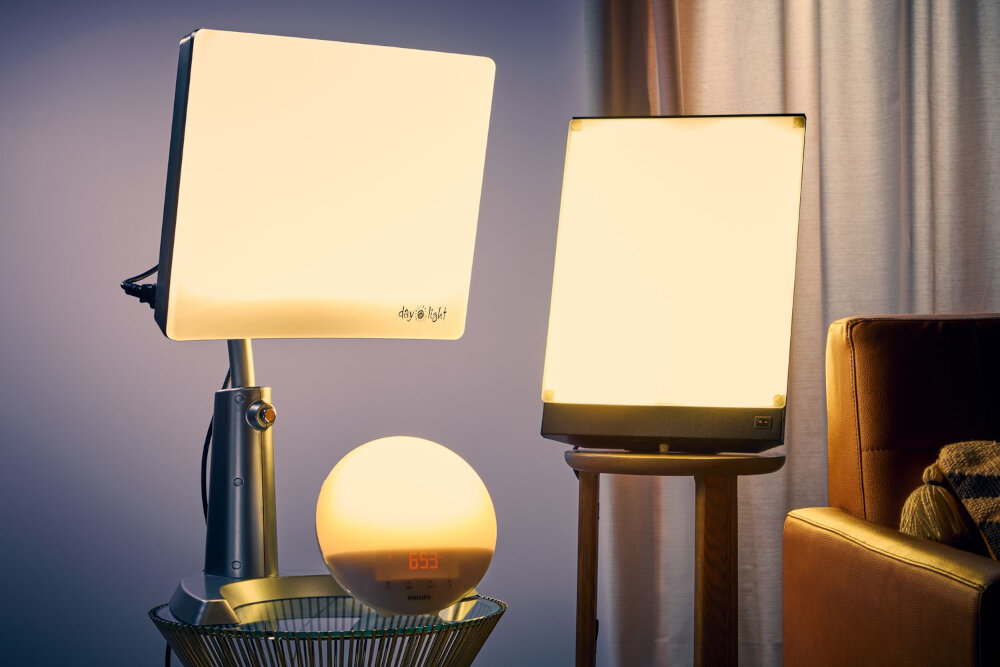
LED lighting has revolutionized the way we illuminate our homes and workspaces, and one of the key factors driving this change is energy efficiency. Compared to traditional incandescent bulbs, LED lights consume significantly less energy to produce the same amount of light. In fact, a typical LED bulb uses around 80% less electricity than a comparable incandescent bulb. This translates to lower electricity bills, reduced carbon emissions, and a more sustainable future for our planet. One way to measure the energy efficiency of LED lighting is by looking at the number of watts consumed by the bulb. Watts are a unit of power that measures the rate at which energy is consumed. The lower the wattage of an LED bulb, the less energy it consumes to produce the same amount of light. For example, a 60-watt incandescent bulb can be replaced by a 9-watt LED bulb without sacrificing the brightness of the light. This means that you can have the same level of illumination in your home or office while using only a fraction of the energy. By understanding the relationship between watts and LED lighting, you can make informed decisions about which bulbs to use and how to optimize your energy consumption.
Watts is a unit of measurement for power, which represents the amount of energy used by an electrical device per unit of time. LED lighting technology is known for its energy efficiency, consuming far less electricity compared to traditional lighting systems. The relationship between watts and LED lighting is that the wattage of an LED bulb determines its brightness, and its energy consumption. As LED technology has advanced, manufacturers have been able to produce bulbs with higher lumens output, but lower wattage. This means that the same level of brightness can be achieved with fewer watts, resulting in significant energy savings and a reduction in carbon footprint. With the increasing demand for energy-efficient lighting solutions, the wattage of LED bulbs has become a crucial factor in determining their suitability for different applications.
Calculating LED watts is a simple process that involves determining the voltage and current of the LED. LED wattage is calculated by multiplying the voltage by the current. The voltage and current can be found on the packaging or data sheet of the LED. It is important to note that LED wattage is not the same as the brightness of the LED. LED brightness is measured in lumens, and wattage is used to determine the energy consumption of the LED. LED lighting is highly energy-efficient and uses significantly less power than traditional incandescent lighting. Understanding the energy efficiency of LED lighting is important for making informed decisions about lighting choices and can help save money on energy bills in the long run.
When compared to traditional lighting, LED lights are highly energy-efficient. Traditional lighting, such as incandescent bulbs and fluorescent lights, consume much more energy than LED lights. In fact, LED lights use up to 80% less energy than traditional lighting sources. This is because LED lights convert almost all of the energy they consume into light, while traditional lighting sources waste a lot of energy as heat. Therefore, when you switch to LED lighting, you can expect to see a significant reduction in your energy bills, while also reducing your carbon footprint.
Energy Efficiency of LED Lighting
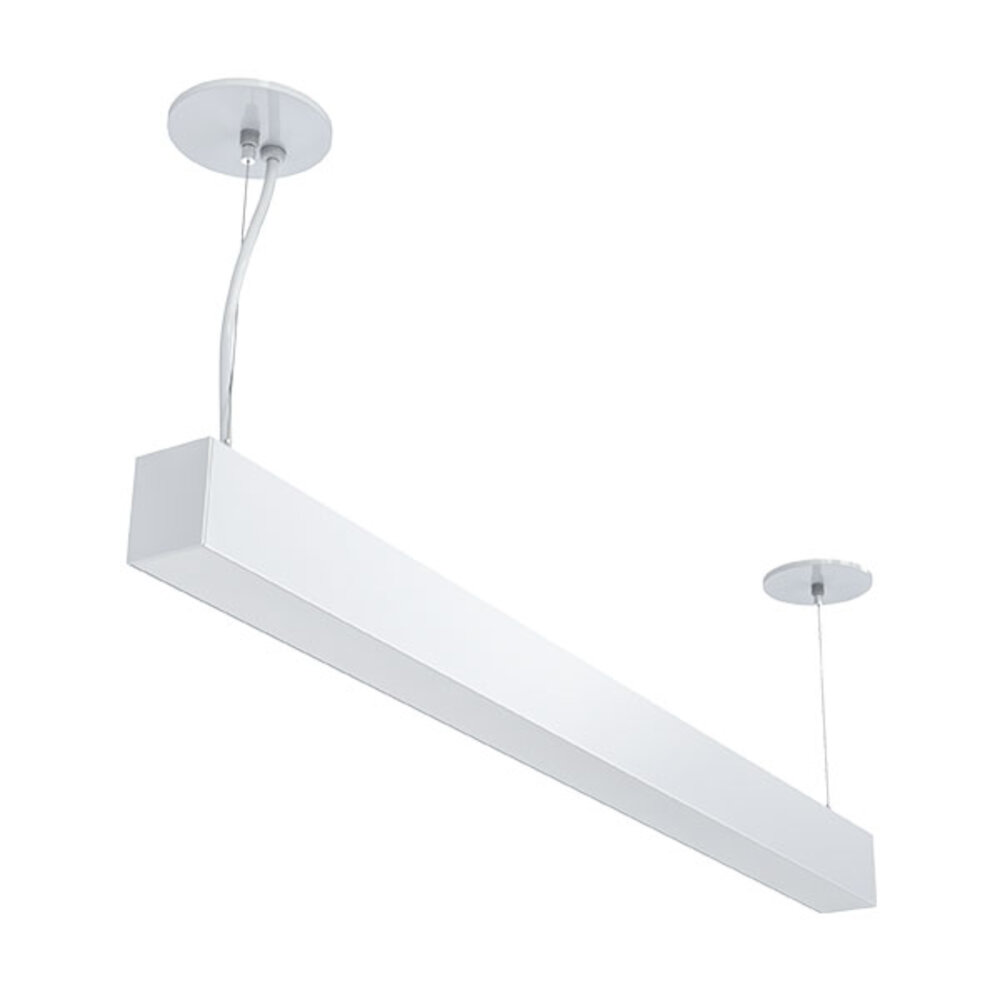
The energy efficiency of LED lighting is one of its most significant advantages. LED lights use far less energy than traditional incandescent bulbs, which makes them an attractive option for both residential and commercial settings. LED lights are more energy-efficient because they produce light using a different method than incandescent bulbs. Incandescent bulbs produce light by heating a filament until it glows, which requires a lot of energy. LEDs, on the other hand, produce light by passing a current through a semiconductor material, which requires far less energy. This means that LED lights can produce the same amount of light as an incandescent bulb while using significantly less energy. Not only are LED lights more energy-efficient than incandescent bulbs, but they also last longer. LED lights have a lifespan of up to 25,000 hours, which is significantly longer than the average lifespan of an incandescent bulb. This means that LED lights not only use less energy, but they also need to be replaced less frequently, which can save you money in the long run. Additionally, LED lights are more durable than incandescent bulbs and are less likely to break or shatter if dropped. Overall, the energy efficiency of LED lighting makes it a smart choice for anyone looking to save money on their energy bills and reduce their environmental impact.
LED lighting is widely known for its energy efficiency and many benefits in comparison to traditional lighting sources. LEDs consume less energy and produce brighter light, which ultimately results in lower electricity bills and less environmental impact. LED bulbs convert 80% of the electricity into light, whereas traditional incandescent bulbs only convert 20%. This means that LEDs use four times less energy to produce the same amount of light as incandescent bulbs. LED lighting also has a longer lifespan than traditional lighting, which means less frequent replacements and less waste. Additionally, LED lighting emits less heat than traditional lighting, which makes them safer and more comfortable to use. With all these benefits, it is no wonder that LED lighting is becoming an increasingly popular choice for both residential and commercial use.
Compared to traditional lighting, LED lighting is significantly more energy-efficient. Traditional lighting options such as incandescent bulbs or fluorescent tubes convert only 5-10% of the energy they consume into light, with the rest being emitted as heat. In contrast, LED lights are known for their high light output and low energy consumption, with an energy conversion rate of 80-90%. This means that LEDs use much less energy to produce the same amount of light as traditional options, resulting in lower energy bills and reduced environmental impact. Additionally, LED lights have a longer lifespan than traditional lighting options, reducing the frequency at which they need to be replaced and further contributing to their energy efficiency.
To improve the energy efficiency of LED lighting, there are several effective strategies that can be employed. Firstly, selecting high-quality LED bulbs that have a high luminous efficacy can greatly enhance the energy efficiency of the lighting system. Secondly, using LED lighting fixtures that incorporate advanced optical technology, such as lenses and reflectors, can help to improve light distribution and reduce energy waste. Thirdly, implementing smart lighting controls, such as occupancy sensors and dimmers, can help to optimize energy usage and reduce unnecessary lighting when it is not required. Additionally, regular maintenance and cleaning of LED lighting installations can help to ensure that the system is functioning at peak efficiency, reducing energy consumption and prolonging the lifespan of the bulbs. By adopting these strategies, it is possible to significantly improve the energy efficiency of LED lighting systems, resulting in cost savings and environmental benefits.
Factors Affecting LED Lighting Energy Efficiency
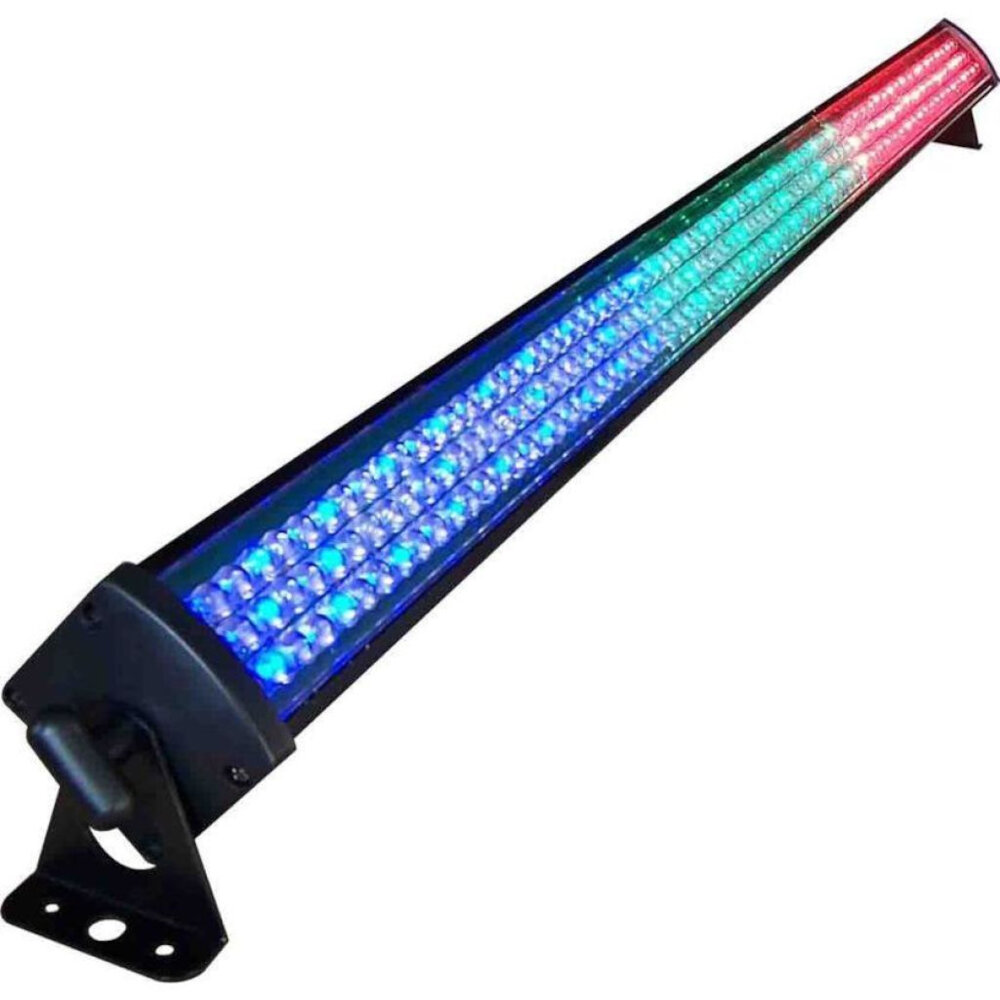
LED lighting has become increasingly popular in recent years due to its energy efficiency and long lifespan. However, the energy efficiency of LED lighting can be affected by a variety of factors. One of the most significant factors is the quality of the LED chips themselves. High-quality chips are more efficient at converting electricity into light, resulting in less energy consumption and therefore lower operating costs. In contrast, lower quality chips are less efficient, requiring more energy to produce the same amount of light. Additionally, the design of the LED fixture can also impact energy efficiency. Fixtures that are poorly designed may not distribute light evenly, resulting in wasted energy and reduced efficiency. Another factor that affects the energy efficiency of LED lighting is the color temperature of the light produced. LED lights are available in a range of color temperatures, from warm white to cool white. Warm white LED lights have a lower color temperature and produce a softer, yellowish light, while cool white LED lights have a higher color temperature and produce a brighter, bluish-white light. While both types of LED lights can be energy efficient, cool white LED lights tend to be more efficient due to the way they are designed. Cool white LED lights produce more lumens per watt than warm white LED lights, meaning they provide more light output for the same amount of energy consumed.
Temperature plays a crucial role in the energy efficiency of LED lighting. LED lights operate at a lower temperature compared to traditional incandescent bulbs, which is why they consume less energy. The temperature impacts the light output and color quality of LEDs. The color temperature of an LED bulb is measured in Kelvin, and it determines the warmth or coolness of the light. A higher temperature results in cooler, bluish-white light, while a lower temperature produces warmer, yellowish-white light. It’s essential to consider the temperature of the environment where the LED bulb is installed because high temperatures can shorten the lifespan of LEDs and reduce their efficiency. Therefore, choosing the right LED bulb with the appropriate temperature can significantly impact the energy efficiency of a lighting system.
Driver efficiency is a crucial factor to consider when it comes to LED lighting. The driver is responsible for controlling the flow of electricity to the LED, converting the high voltage AC power from the mains to the low voltage DC power required by the LED. A driver with high efficiency will convert more of the electrical power into light, resulting in less energy waste and lower operating costs. The efficiency of a driver is typically measured as a percentage, with higher percentages indicating greater efficiency. By choosing LED lights with high-efficiency drivers, businesses and homeowners can reduce their energy consumption and environmental impact while enjoying the many benefits of LED lighting, such as longer lifetimes and increased durability.
The design of a luminaire, or light fixture, plays a crucial role in the energy efficiency of LED lighting. An efficient luminaire design should minimize light loss, maximize light output, and ensure proper heat dissipation. This involves the use of high-quality materials, such as aluminum or copper, to create a sturdy and efficient heat sink that can dissipate heat effectively. The shape and size of the luminaire must also be carefully designed to ensure that the light is directed where it is needed, while minimizing glare and light spill. A well-designed luminaire can significantly improve the energy efficiency of LED lighting, ensuring that maximum light output is achieved with minimal energy consumption.
Light output is a crucial factor to consider when evaluating the energy efficiency of LED lighting. It refers to the amount of light a bulb emits, measured in lumens. Unlike traditional incandescent bulbs, which waste much of their energy on heat, LEDs convert almost all of their energy into light, resulting in higher light output and lower energy consumption. The brightness of an LED bulb is determined by the number of lumens it produces, rather than the wattage, which is a measure of power consumption. As LED technology continues to improve, the light output of these bulbs is increasing, making them a popular choice for energy-efficient lighting in homes and businesses.
LED lighting is an energy-efficient and eco-friendly alternative to traditional lighting. LED lights use significantly less energy and produce less heat than incandescent bulbs, resulting in lower electricity bills and a longer lifespan. LED lights are also more durable and resistant to shock, vibration, and extreme temperatures. They emit a bright, clean light that is easy on the eyes and can be customized to fit any space or mood. Additionally, LED lights do not contain harmful chemicals like mercury, making them safer for both the environment and human health. With all of these benefits, it’s no wonder that LED lighting has become a popular choice for homes, businesses, and public spaces alike.
In conclusion, making the switch to energy-efficient lighting choices is not only an environmentally conscious decision but also a financially savvy one. By selecting LED lighting, consumers can significantly reduce their energy consumption and save money on their electricity bills. It is important to understand the wattage and lumens of LED lights to make informed decisions about which bulbs to purchase. So, let’s take a step towards a greener future and make the switch to energy-efficient lighting choices today!
The future of LED lighting is bright as more and more people are becoming aware of the benefits of this technology. LED lights are highly energy-efficient, which means they use less electricity than traditional lighting sources. They also last longer, reducing the need for frequent replacement and maintenance. Additionally, LED lights do not emit harmful UV rays, making them a safer and more environmentally friendly lighting option. As technology continues to advance, we can expect to see even more innovations in LED lighting, such as improved color accuracy and even greater energy efficiency. With these benefits, it’s no wonder that LED lighting is quickly becoming the go-to choice for residential, commercial, and industrial lighting needs.
Conclusion
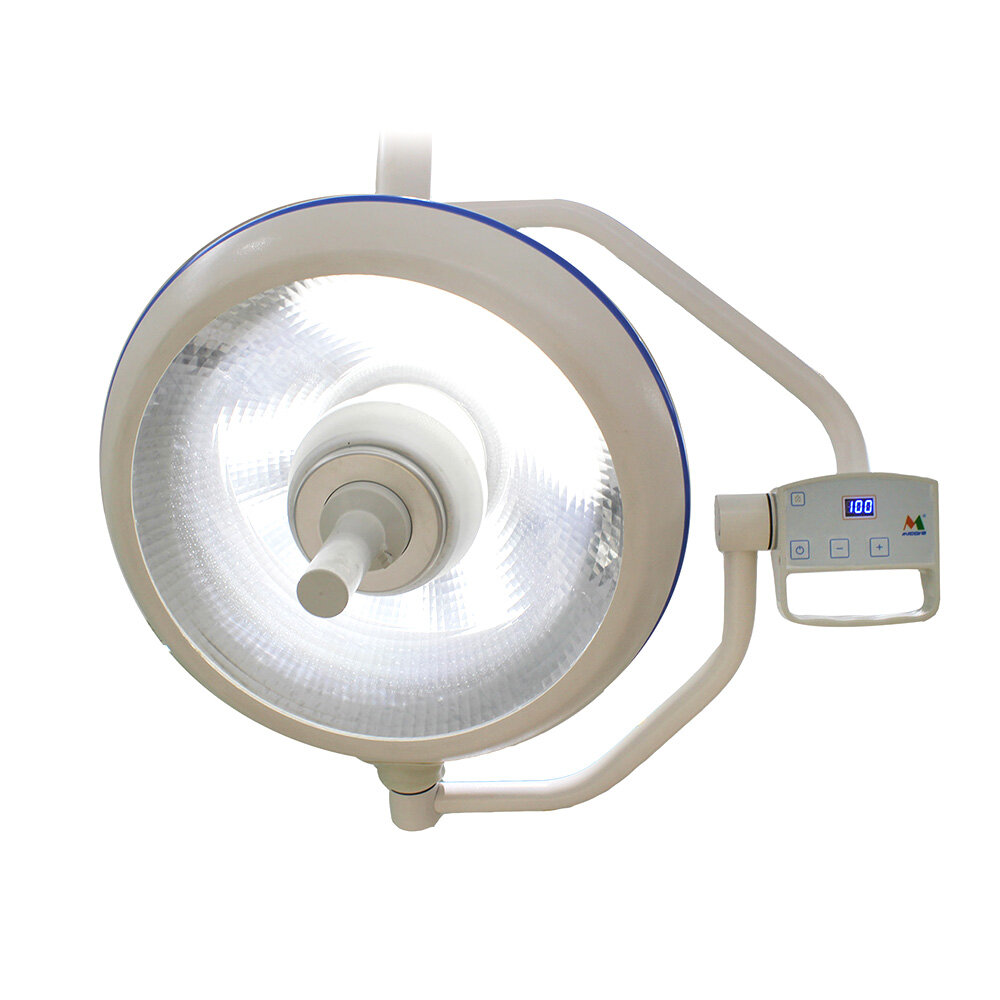
In conclusion, understanding the energy efficiency of LED lighting is crucial for making informed decisions when it comes to lighting choices. LED lights use significantly fewer watts compared to traditional incandescent and fluorescent bulbs, making them a more sustainable and cost-effective option for both residential and commercial use. With advancements in technology, LED lighting has become even more efficient, offering brighter light output while consuming minimal energy. In addition to their energy efficiency, LED lights have a longer lifespan and produce less heat, making them a safer and more durable lighting option. By choosing LED lighting, we can reduce our energy consumption, lower our carbon footprint, and save money on our electricity bills.


